



| By Jenny Travens
This article originally appeared on SuperFood Living. It’s been reprinted here for your education and enjoyment.

Overview
In ancient times, it was regarded as the seat of inner emotions and repository of life.
The liver is maroon in color and is shaped like that of a boomerang (cone-shaped). The liver is also the second largest gland in the body (the skin is the largest). It is an über-important organ because it serves as the “border inspection” station of your body. Virtually every food item we consume, whether or not it has a valid passport, has to pass through the liver so it can be converted into a different biochemical form. This conversion is what facilitates the nutrients present in foods to be utilized, transported to different places in the body, or amassed as an extra inch of blubbery slop on your thighs.
Liver Anatomy
The liver is located below the ribcage in the upper right quadrant of the abdomen, just above the small intestine and pancreas. If you want to feel it, lie on your back. This will aid in relaxing your abdominal muscles and in turn make it easier to find the liver. Move your fingers from your sternum, down along your ribcage on the right side. The liver is partially hidden by your ribs. You may, however, be able to feel a minor bulge, depending on the composition of your body.
It has two large sections called the left and right lobes, each composed of thousands of lobules. The lobules are connected to small ducts, which connect with larger ducts to eventually create the hepatic duct. The hepatic duct further transports the bile (greenish fluid that aids in breaking down fats and eliminating waste from the body) secreted by the liver cells to the duodenum and gallbladder. Additionally, it utilizes bile to ward off bilirubin from the blood.
Bilirubin is a substance, which comes from the breaking down of hemoglobin in dead red blood cells. Increased levels of bilirubin result in jaundice – yellowing of skin and all mucous membranes, which includes the eyeballs where the yellowing is detected earliest and easily – a red flag of several liver diseases.
The liver does three major things – makes proteins, helps digest food and eliminates bad stuff. All the blood that comes to the small intestines flows via the portal vein into the liver. Thus, all of the nutrients we consume have to go through the liver prior to passing through the heart for generalized distribution.
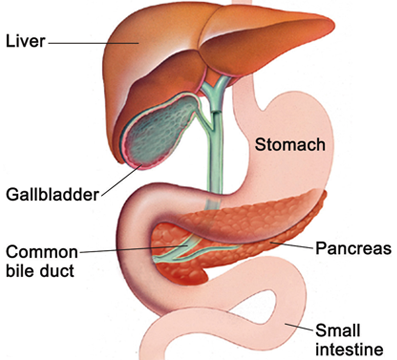
This organ weighs approx 3.5 pounds. It measures around 6.5 inches vertically, 8 inches horizontally and is 4.5 inches thick.
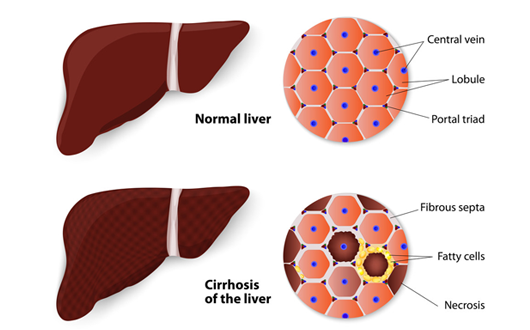
Some liver disorders include:
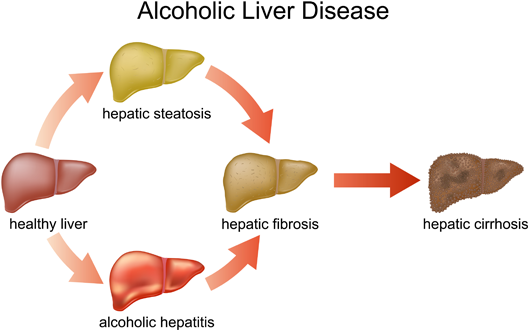
(I wish I could exchange my heart for one more liver, and then I could drink more and care less)
People get alcoholic liver disorder by drinking large amounts of alcohol for many years. It does not matter whether the alcohol comes from beer, wine or hard liquor consumption. Any kind of alcohol can cause liver damage.
So how much alcohol is too much? It basically depends on whether you are a man or woman. Studies have revealed that women can have liver disease at lower levels of alcohol consumption as opposed to men.
The good news is that the livers of heavy alcohol drinkers can improve if they completely stop drinking.
Red Flags
Causes
Diagnosis
Physical examination – the liver may be enlarged
Ultrasound scans of the abdomen – three-dimensional X-ray utilizing sound waves. This is utilized to look at the liver and other organs, including checking their shape and size, assessing fluid accumulation and checking for abnormal lumps.
Biopsy – The most accurate method to diagnose the type of liver disorder is through biopsy. This procedure involves removing a very thin piece of liver tissue and then examining it under the microscope in a lab
Blood tests – to assess the levels of liver enzymes (AST, ALT & alkaline phosphate enzymes), jaundice and to check the production ability of the gland
Treatments for the Liver
Liver Transplants Should be the Last Resort
Transplants are considered by the doctors only when a patient might die of liver disorder within one to three years. This is usually a case when a person suffers from liver cancer, some severe liver disease or if the liver has stopped functioning properly. Being considered for transplant does not at all mean that the patient is in danger of dying right away.
A transplant replaces an unhealthy liver with a healthy one from someone else (donor). The liver for transplant is matched for the body, blood type and size. Transplantation is a long process, which involves a lot of medical care. After a transplant, the patient needs to take lifelong medications in order to keep the body from rejecting the new liver and a lifetime of follow-up care from a specialist. Survival rates after the transplantation are higher than 90% and patients usually lead a good, quality life after their recovery.

Drink Water and Surprise Your Liver Today (Bid Adieu to Alcohol)
Incorporate the below-mentioned four liver detox foods into your daily diet to keep it healthy and strong.
Other interesting things about the liver
Though we think of declining estrogen as the hallmark of menopause, it's actually common for…

Up to 12 percent of Americans have ulcers at some point in life. Peptic ulcers…
Gallbladder disease is a modern illness. An estimated 20 million Americans have gallbladder disease. The…
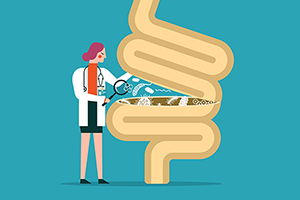
There’s more to GI health than whether or not to take an acid-blocker. All too…
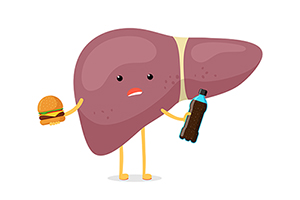
In the latest attempt to remove “stigma” from medical terminology, liver specialists have come up…
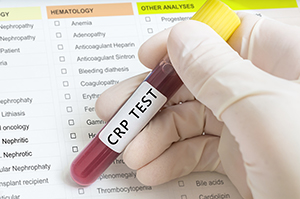
Q: My husband’s high sensitivity C-reactive protein (hs-CRP) is 1.62 and his homocysteine is 13.1. If…

Banish the Bloat: Leyla Weighs In with Tips and Insights

Our virtual voicemail is open 24/7, so there's no need to wait to submit your questions for Dr. Hoffman. Leave a message, and you may hear your question featured on the Intelligent Medicine radio program!